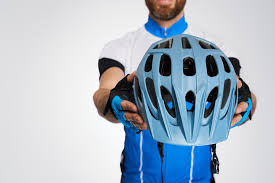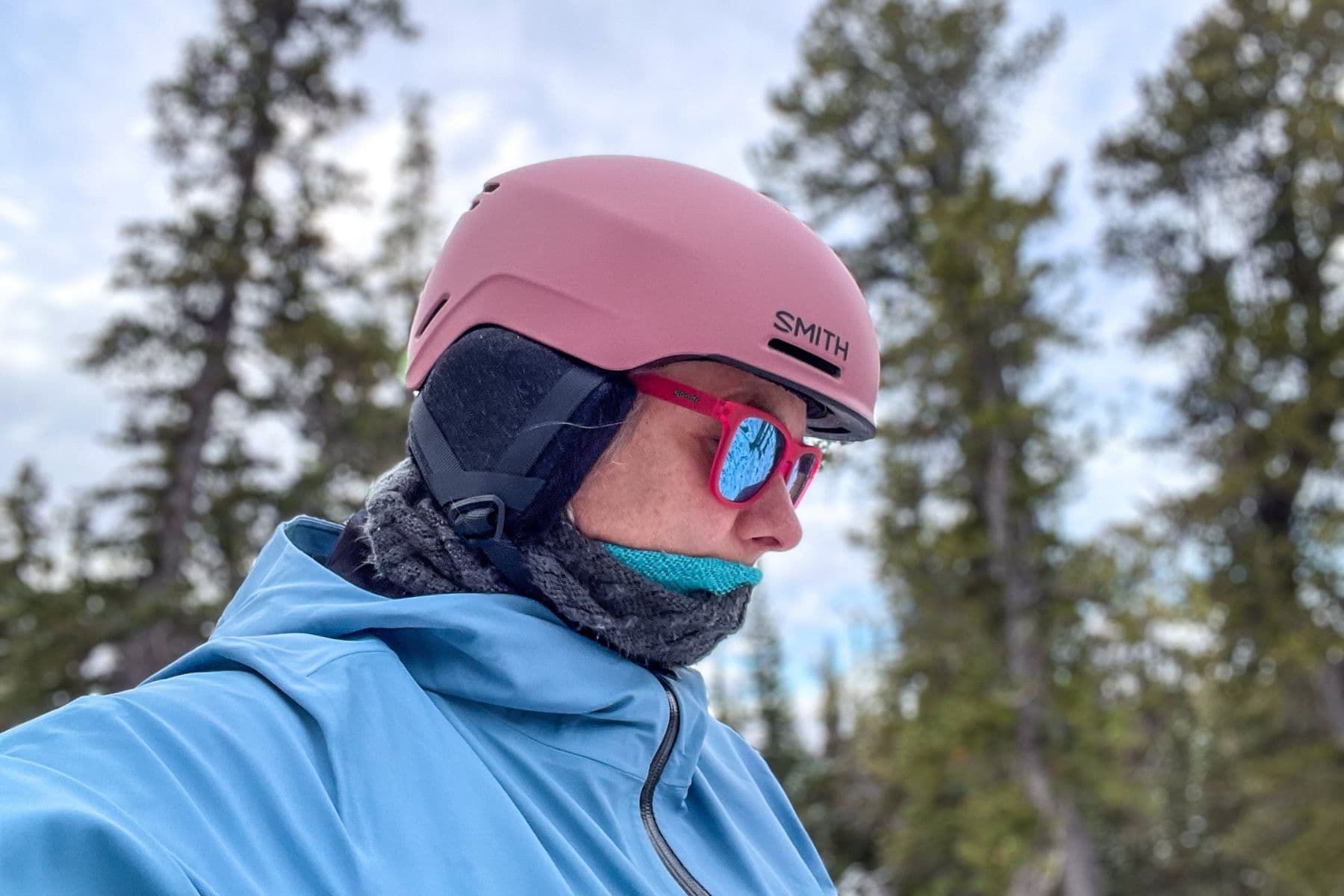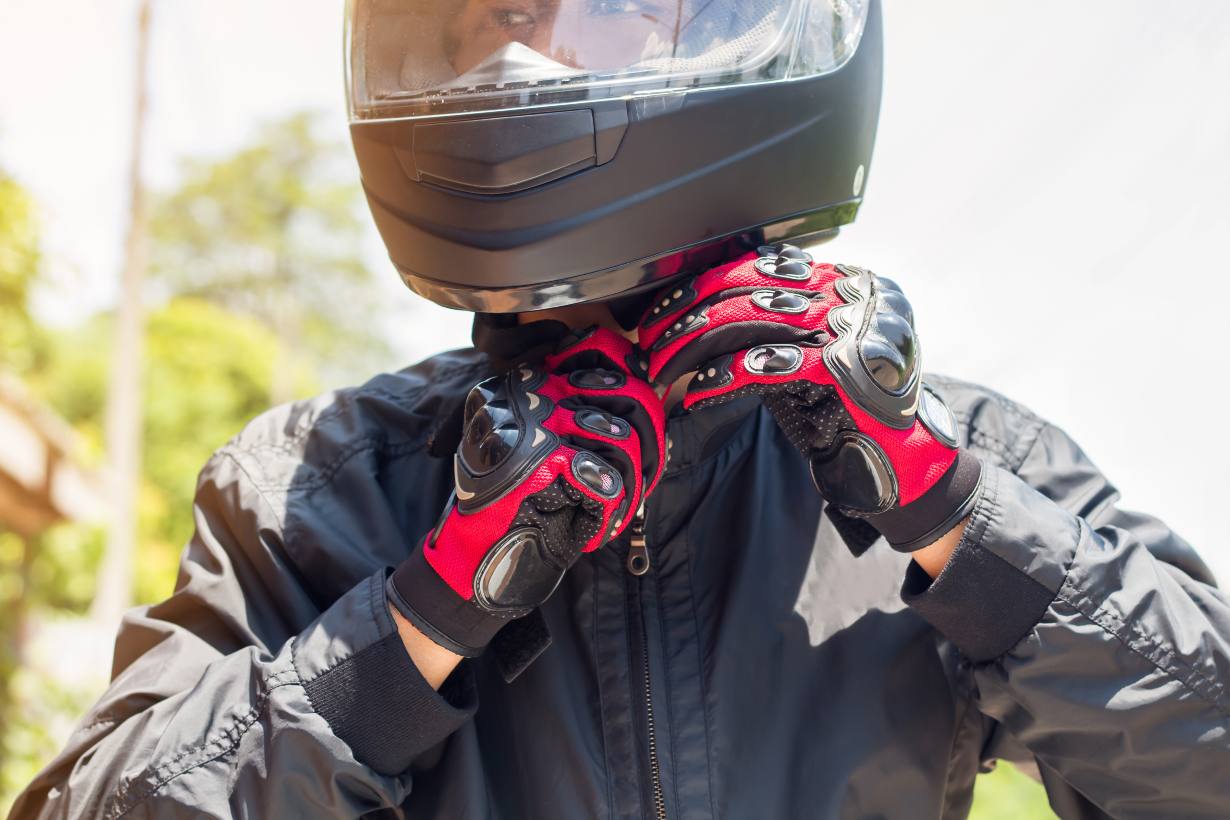Choosing the right helmet size is essential for any cyclist, whether you’re hitting the road, conquering mountain trails, or commuting through the city.
A well-fitted helmet enhances safety, stays comfortably in place, and can even improve your performance by keeping distractions to a minimum.
This ultimate helmet size guide walks you through everything you need to know to find the perfect helmet fit for your cycling adventures.
Why Proper Helmet Fit Matters
A helmet’s primary function is to protect your head in the event of a fall or collision. However, it can only do so effectively if it fits properly.
A loose helmet may shift during impact, leaving parts of your head exposed, while a helmet that’s too tight can lead to discomfort and headaches.
Selecting the right size ensures you’re protected, comfortable, and focused on the ride.
Step 1: Measure Your Head Circumference
Finding the right helmet starts with measuring your head accurately. Here’s how to do it:
- Use a Flexible Measuring Tape: A soft tape measure is ideal, but if you don’t have one, use a string and measure it with a ruler afterward.
- Wrap the Tape Around the Widest Part of Your Head: Position the tape about 1 inch (2.5 cm) above your eyebrows and ears, ensuring it’s level all the way around.
- Record the Measurement: Write down your head circumference in both centimeters and inches, as some helmet brands list sizes in one or both units.
- Double-Check the Measurement: Re-measure to confirm accuracy, especially if your head size falls between sizes.
Step 2: Consult the Size Chart for Your Helmet Brand
Helmet sizing can vary by brand, so it’s crucial to consult each brand’s specific size chart. While general sizing guidelines can help, always refer to the brand for the most accurate fit.
Here’s a general guide to helmet sizes:
- Extra Small (XS): 20 – 20.5 inches (51 – 52 cm)
- Small (S): 20.5 – 21.5 inches (53 – 54 cm)
- Medium (M): 21.5 – 22.5 inches (55 – 57 cm)
- Large (L): 22.5 – 23.5 inches (58 – 60 cm)
- Extra Large (XL): 23.5 – 24.5 inches (61 – 62 cm)
Since brands may have slightly different measurements, always check the specific size chart before purchasing.
Step 3: Try On the Helmet and Perform a Fit Test
Once you’ve chosen a helmet in your size range, it’s time to try it on and test the fit. A properly fitting helmet should:
- Sit Level on Your Head: The helmet should rest level and low on your forehead, just above your eyebrows. It shouldn’t tilt forward or backward.
- Feel Snug, but Not Tight: The helmet should feel secure around your head without squeezing uncomfortably. If it shifts or wobbles when you shake your head, it’s too loose.
- Have a Comfortable Retention System: Many helmets have an adjustable retention system at the back. Tighten or loosen the dial or slider until the helmet feels secure without pressing too hard.
- Chin Strap: Fasten the chin strap so it forms a “V” shape around your ears. You should be able to fit two fingers between the strap and your chin for comfort.
Step 4: Choose the Right Helmet for Your Cycling Activity
Different cycling activities may require different helmet types, each with unique sizing and features:
- Road Cycling Helmets: Designed to be lightweight and aerodynamic, road helmets are ideal for long rides on paved roads. Look for ventilation to keep you cool and a snug fit that doesn’t shift at higher speeds.
- Mountain Bike Helmets: Mountain helmets offer extra protection at the back of the head, as well as visors to shield from sun and debris. Look for a secure fit that won’t loosen on rough trails.
- Commuter Helmets: These helmets balance style, comfort, and functionality for everyday use. They often include added visibility features, like reflective details or lights, and provide a comfortable fit for short to medium rides.
Step 5: Consider Additional Fit Features
Certain helmets come with features that can improve comfort and allow for a more tailored fit:
- Adjustable Padding: Some helmets come with removable or adjustable padding, which can fine-tune the fit and improve comfort, especially for longer rides.
- MIPS Technology: MIPS (Multi-Directional Impact Protection System) reduces rotational forces during impacts, adding an extra layer of safety. MIPS helmets fit similarly to standard helmets, so you can use the same sizing guidelines.
- Ventilation: The number and placement of vents vary by helmet type. Road and mountain bike helmets often have more ventilation for improved airflow, while commuter helmets focus more on coverage and visibility.
Step 6: Perform Regular Fit Checks and Maintenance
Over time, helmets may loosen slightly due to wear and tear. Regularly check that your helmet still fits securely and adjust it as needed. Here are a few maintenance tips to keep your helmet in peak condition:
- Replace After Impact: Helmets are designed for one-time impact use. Replace your helmet after any crash, even if it doesn’t appear damaged.
- Clean Regularly: Use a mild soap and damp cloth to clean the helmet. Avoid harsh chemicals that may degrade the materials.
- Store Properly: Keep your helmet in a cool, dry place away from direct sunlight, as heat can affect the helmet’s protective materials.
Step 7: Know When to Replace Your Helmet
Helmets have a lifespan, even if they haven’t been involved in an accident. Most manufacturers recommend replacing a helmet every 3-5 years, as the materials can degrade over time. Regular use, exposure to the elements, and even sweat can impact the helmet’s integrity, so plan to update your helmet periodically to maintain maximum protection.
Final Thoughts: Choose Your Helmet for Maximum Safety and Enjoyment
Finding the perfect helmet fit is essential for both safety and comfort on every ride. By measuring your head accurately, checking size charts, and performing a fit test, you can select a helmet that stays securely in place and feels comfortable throughout your ride.
Don’t forget to consider activity-specific helmet styles and extra features that align with your needs, from aerodynamics to impact protection.
With the right helmet size and fit, you’re prepared to take on any adventure, knowing your head is well-protected and your ride is distraction-free.









